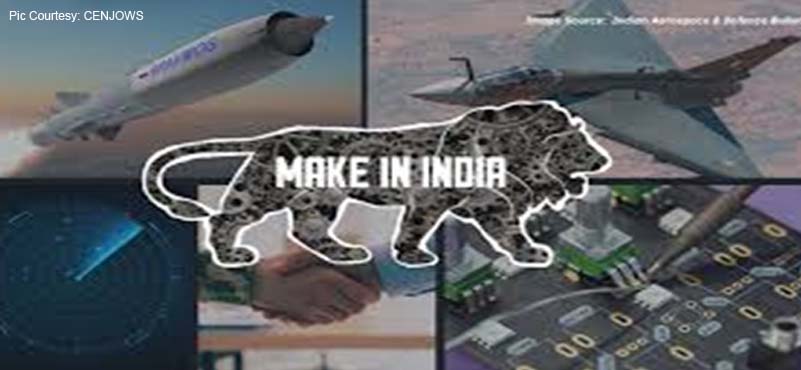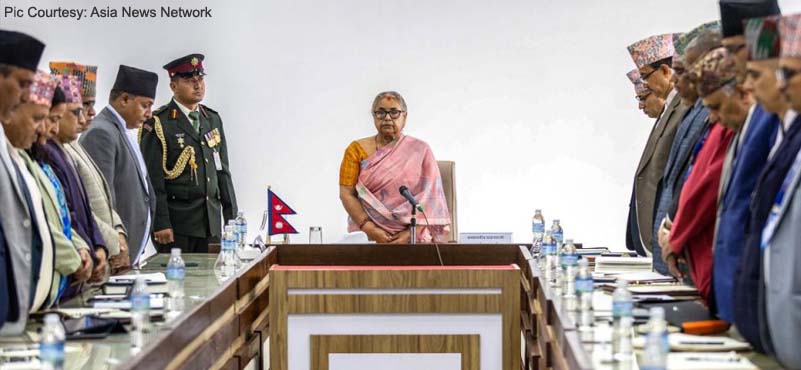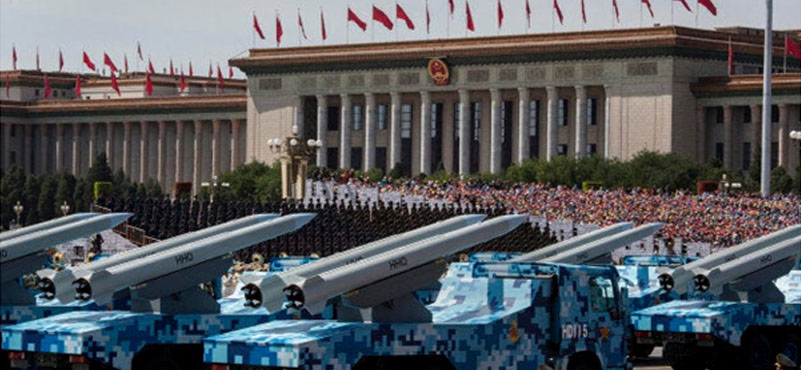The 2025 BRICS Summit, held in Rio de Janeiro, took place against a background of rising global uncertainty and intensifying geopolitical tensions. The 31-page Rio de Janeiro declaration, comprising 126 paragraphs and over 16,000 words, addressed nearly every major global issue—from economic inequality to trade reform.
Surging Strategic Significance of BRICS
With approximately 45 per cent of the world’s population, generating over 35 per cent of its GDP (measured by purchasing power parity, or PPP), and producing 30 per cent of its oil, the BRICS grouping possesses the capacity to drive significant geopolitical and geoeconomic changes.
Key buzzwords such as “multipolar world,” “inclusive,” “sustainable,” and “global governance” resonated throughout the Summit. However, a closer examination of topics like entrepreneurship and development research, the New Development Bank, the climate emergency, people-to-people exchanges, and cultural integration through tourism and air transport reveals a gap between rhetoric and on-the-ground realities.

- The G20 also includes the European Union and the African Union as members.
- The G7 also includes the European Union as a nonenumerated member.
- Argentina, slated to join BRICS, pulled out of the application process after the December 2023 election of President Javier Milei.
- The G77 considers China to be one of its members, and China provides financial contributions to the G77, but it does not consider itself to be a member. G77 gatherings are typically titled as G77 + China meetings.
- These countries have indirect representation in the G20 via African Union membership.
Accordingly, the Summit sparked high expectations. Anna Cárcamo of Greenpeace Brazil stated, “This is a seismic opportunity to promote bold, collaborative leadership from the Global South. BRICS nations, several of which are among the most vulnerable to climate change, must seize this moment and take a decisive stand for people and the planet.”

Opening the BRICS Summit on July 6, 2025, President Luiz Inácio Lula da Silva identified the alarming global situation. Eighty years after the defeat of fascism and the founding of the UN, “we have witnessed an unprecedented collapse of multilateralism,” the Brazilian leader told delegates. “Hard-won advances, such as climate and trade agreements, are now under threat.” He warned that the independence of the BRICS group was being challenged.
Discordant Notes
One key issue raised by BRICS was the growing use of tariffs and trade barriers. The declaration criticized such policies as incompatible with World Trade Organization (WTO) rules, warning they could hinder global trade, disrupt supply chains, and create uncertainty in international markets. The bloc reaffirmed its commitment to a fair and inclusive global trading system, with particular attention to the needs of developing countries.
During the Summit, U.S. President Donald Trump’s remarks caused controversy. He warned that countries aligning with what he called “the Anti-American policies of BRICS” could face an additional 10% tariff, highlighting how seriously Washington views BRICS as a challenge to its influence.
Conspicuous Absences and a Growing Financial Shift
Two key players—China’s President Xi Jinping and Russian President Vladimir Putin—were notably absent from the summit, raising questions about internal dynamics within the group. Still, one of the more ambitious topics on the table was the potential creation of a shared payment system—a move that could gradually chip away at the dominance of the U.S. dollar.
 As global economic power continues to shift away from the West and towards emerging economies, the BRICS nations are exploring financial alternatives to the dollar-centric system. Efforts like the New Development Bank, the BRICS Contingent Reserve Arrangement, and ongoing work on a digital currency framework show that this isn’t just theoretical talk. Feasibility studies are already underway to assess how such a system—“BRICS Pay” and BRICS Clear (an intergovernmental digital settlement system for cross-border securities transactions based on blockchain technology)—might function. This attempt at connecting the dots redraws the economic playbook and goes beyond diplomatic theater. New digital payment rails could unlock fresh fintech experiments, but also new rules to watch. Energy, minerals, and smart grids will see new deals, and startups that build for these supply chains could ride a new capital wave. But despite the momentum, development challenges persist. Economic disparity among members, geopolitical mistrust, and the entrenched dominance of the dollar all pose significant hurdles.
As global economic power continues to shift away from the West and towards emerging economies, the BRICS nations are exploring financial alternatives to the dollar-centric system. Efforts like the New Development Bank, the BRICS Contingent Reserve Arrangement, and ongoing work on a digital currency framework show that this isn’t just theoretical talk. Feasibility studies are already underway to assess how such a system—“BRICS Pay” and BRICS Clear (an intergovernmental digital settlement system for cross-border securities transactions based on blockchain technology)—might function. This attempt at connecting the dots redraws the economic playbook and goes beyond diplomatic theater. New digital payment rails could unlock fresh fintech experiments, but also new rules to watch. Energy, minerals, and smart grids will see new deals, and startups that build for these supply chains could ride a new capital wave. But despite the momentum, development challenges persist. Economic disparity among members, geopolitical mistrust, and the entrenched dominance of the dollar all pose significant hurdles.
India’s Calibrated Strategy
For India, this changing landscape offers both opportunities and risks. On the one hand, BRICS provides a platform to promote South-South cooperation, boost economic development, and support multipolar global governance. On the other hand, closer alignment with BRICS—especially when it’s perceived as pushing back against the West—could strain New Delhi’s relationships with strategic partners like the U.S., the EU, Japan, and Australia.
India’s foreign policy has long championed strategic autonomy, and this situation is no different. Rather than choosing sides, India is likely to take a pragmatic, case-by-case approach. While supporting initiatives that align with its development goals, India will probably avoid actions or rhetoric that could be seen as openly confrontational toward the West. At the same time, India is cautious of China’s expanding influence within BRICS and will seek to ensure its regional priorities remain protected.
India’s challenge is to balance its growing global stature with its longstanding principle of non-alignment—pushing for reform, inclusion, and cooperation without being drawn too far into great-power rivalries.
The Digital Frontier: UPI and BRICS
Technologically, India could play a pivotal role. The possibility of adapting its highly successful Unified Payments Interface (UPI) at the BRICS level is being actively discussed. Technically, it’s feasible. India has already demonstrated its digital payments leadership at home and in select international partnerships.
But going to scale in a system like UPI across diverse regulatory environments and levels of infrastructure development will require careful planning. Security, data governance, and interoperability will be central concerns. If managed well, this initiative could significantly raise India’s profile in shaping the global digital economy and could also help BRICS reduce its reliance on Western-controlled financial networks.
What Lies Ahead-“An idea whose time has come” (Victor Hugo, The Future of Man)?
The wheel has now turned full circle. Anyone can be wise in hindsight. But it took the deep desire of the BRICS countries for a more balanced and fair global order to reshape the international financial architecture. Yet, the path forward in transforming the Bretton Woods system is complicated.
The leaders expressed support for multilateralism to address the climate threat and showed unity to achieve the goals of the Paris Agreement. They called for “accessible, timely, and affordable” climate finance to ensure a just energy transition. While most of the funds are expected to come from wealthy northern-hemisphere nations (the worst polluters), who will pay remains unclear.
Rewriting the rules of global governance to make it “more democratic, representative,, effective, and efficient” and to increase the representation of developing countries in key decision-making bodies is challenging due to heterogeneity, internal differences, trust deficits, and a rapidly changing geopolitical landscape, making BRICS a microcosm of growing global rifts. In other words, while the group can suggest alternatives, implementing them will take longer.
India, in particular, must navigate a complex diplomatic landscape. India supports the idea of a multipolar world but also values its partnerships with the West. As BRICS pushes for greater financial and political independence, India’s role could be that of a bridge-builder, advocating reform while maintaining open channels with all sides.
Ultimately, BRICS has the potential to reshape parts of the global order by reviving and reinventing a collective approach to the world’s problems. But the proof of the pudding is in the eating, and therefore, its members must move beyond declarations and deliver coordinated, pragmatic solutions.
ABOUT THE AUTHOR
 Dr. Manoranjan Sharma is Chief Economist, Infomerics, India. With a brilliant academic record, he has over 250 publications and six books. His views have been cited in the Associated Press, New York; Dow Jones, New York; International Herald Tribune, New York; Wall Street Journal, New York.
Dr. Manoranjan Sharma is Chief Economist, Infomerics, India. With a brilliant academic record, he has over 250 publications and six books. His views have been cited in the Associated Press, New York; Dow Jones, New York; International Herald Tribune, New York; Wall Street Journal, New York.








